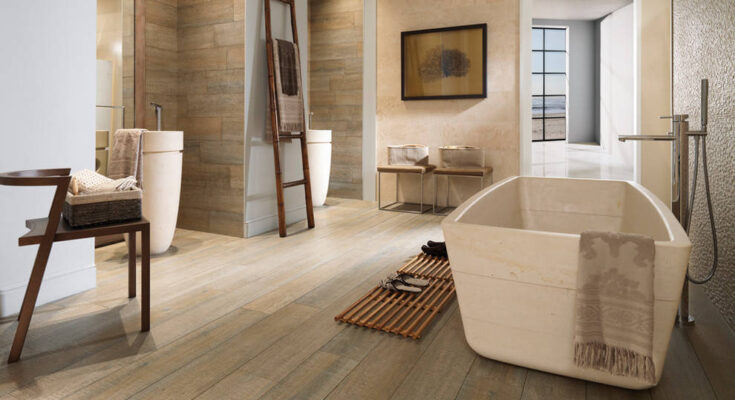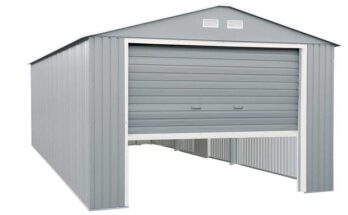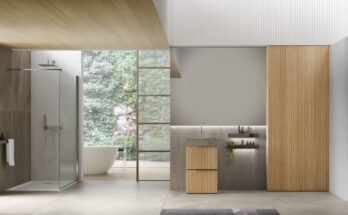1. COORDINATION OF BATHROOM RENOVATION
1.1 DESIGN ELEMENTS
Select a design for the bathroom makeover that complements both your vision and your level of do-it-yourself expertise before you begin. Before you start remodeling your bathroom, there are a few things you must be sure of:
Scheme of colors: To ensure that your new bathroom tiles and paint color complement one another, look for inspirational photographs in advance.
Fresh fixtures: The cost and schedule of your project will increase if you replace one or both of these fixtures.
Storage spaces: If you’re going to remove a closet to make more room in your bathroom, make sure you have cabinets or shelves to make up for the extra space.
Utilities: Mark the locations of these hookups so that you may prevent damage and costly repairs.
Know more about new west plumbing contractors
1.2 TOOL REQUIREMENT
Key equipment and materials for a do it yourself Bathroom Makeover:
protective mask
a pair of gloves
Eyewear
Caulking gun
Sealant made of silicone
Hammer
Measurement tape
Sharpening blade
Spackle Stud Locator
Power drill
2. PROCEDURE EXPLANATION
2.1 TAKE OUT THE BATHROOM FIXTURES
If your bathroom renovation is going to be partial or complete, you’ll need to start by taking down the walls and any fixtures that need to be replaced. Although it’s not too difficult to gut the bathroom yourself, make sure you follow these guidelines to prevent any expensive errors throughout the demolition process.
Advice for Gutting a Bathroom:
*To prevent any messy spills, turn off the water, empty the toilet, and then start over.
*If needed, take the insulation off of your walls. Avoid hammering insulation with a tool. Instead, cut away the panels using a reciprocating saw.
2.2 INSTALLATION PROCESS
Once your bathroom has been completely dismantled, you may begin installing your new fixtures. Before putting in your new shower, you should replace your subfloor if there are any indications of decaying wood or water damage to save future damage.
2.3 NEW FLOORING
Although tile is the most common flooring option for bathrooms, you should also think about laminate or vinyl, which are less expensive and easier to install yourself.
2.4 DRYWALL AND PAINTING
The installation of your new drywall, which might take some time, is the next stage in remodeling your bathroom. One of the simplest and most affordable methods to update the appearance of your home is to paint the walls.
2.5 INSTALLATION OF CABINETS
Install the sink and faucet on the vanity first. After connecting the drain to the faucet, you may proceed to install the cabinets, mirror, and shower or tub trim, among other necessary elements.
2.6 LIGHTNING
Install your new lighting and configure the electrical fittings. You may need to make adjustments to the wiring and even apply spackle to the old wall holes if their measurements differ from your present ones.
2.7 PIPELINES
Although you may replace or reinstall your toilet earlier in the process, saving it for last will prevent chips from forming while you work on other bathroom fixtures.




